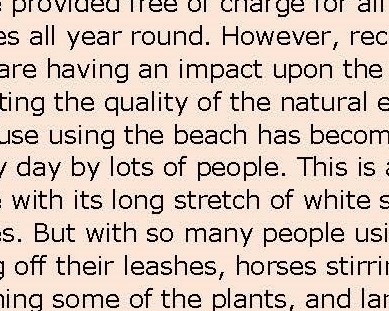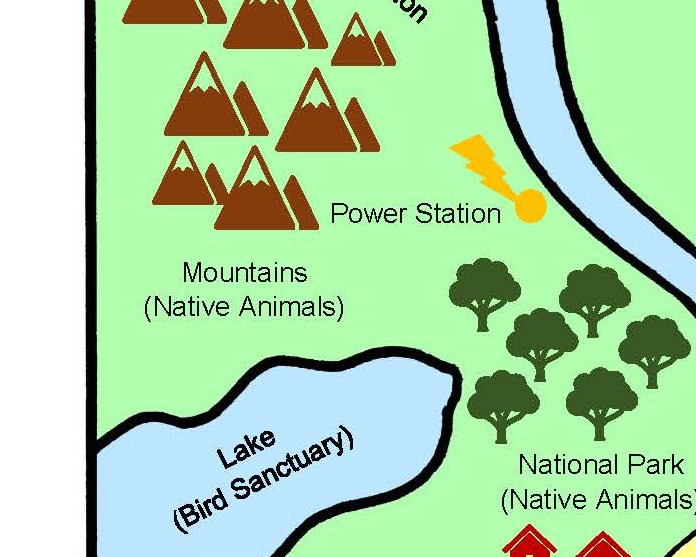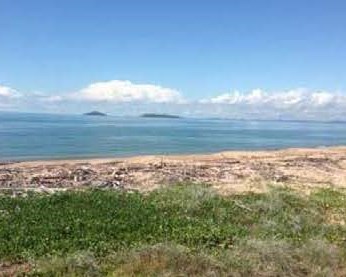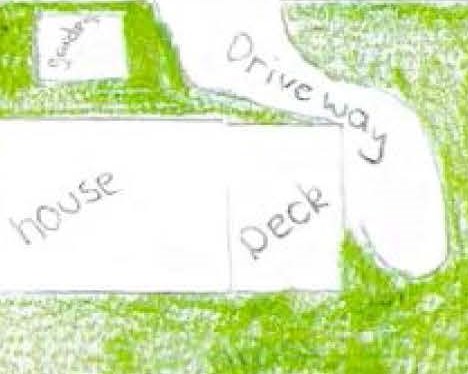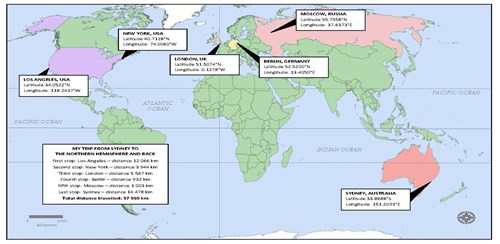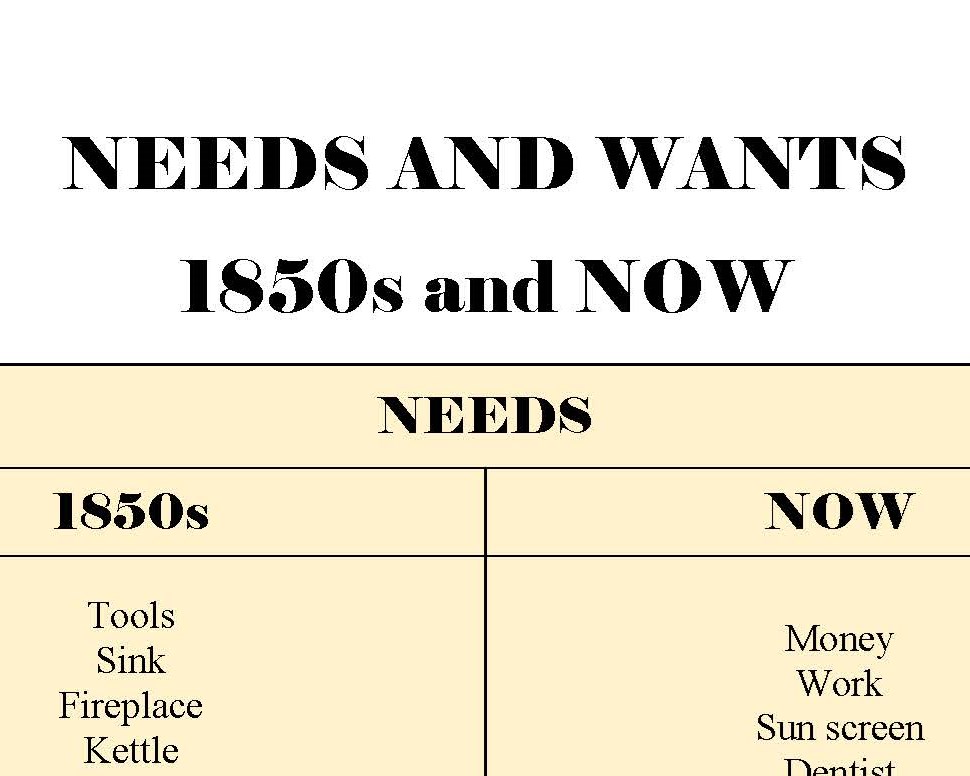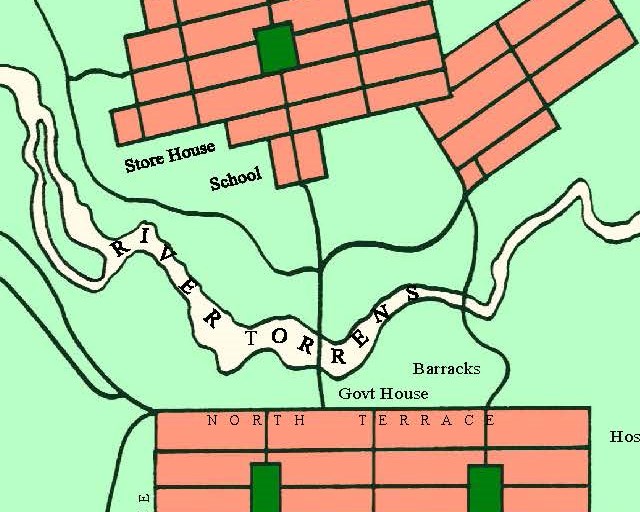Letter to the local government
Summary of task
Students were presented with a geographical challenge associated with the use of a beach in their local area. Students researched the nature and causes of the issue, explored differing viewpoints and formulated possible solutions. They presented their concerns and solutions by writing a letter to the local government. In these letters students described the challenge, identified alternative views on how to respond and suggested potential actions. This task was part of an integrated unit exploring how communities function and co-operate. The letter was drafted, edited and revised over three 50-minute lessons.
Achievement standard
By the end of Year 5, students describe the location of selected countries in relative terms. They explain the characteristics of places in different locations at local to national scales. They identify and describe the interconnections between people and the human and environmental characteristics of places, and between components of environments. They identify the effects of these interconnections on the characteristics of places and environments. They identify and describe different possible responses to a geographical challenge.
Students develop appropriate geographical questions for an investigation. They locate, collect and organise data and information from a range of sources to answer inquiry questions. They represent data and the location of places and their characteristics in graphic forms, including large-scale and small-scale maps that use the cartographic conventions of border, scale, legend, title and north point. They describe the location of places and their characteristics using compass direction and distance. Students interpret maps, geographical data and other information to identify and describe spatial distributions, simple patterns and trends, and suggest conclusions. They present findings and ideas using geographical terminology in a range of communication forms. They propose action in response to a geographical challenge and identify the possible effects of their proposed action.
By the end of Year 5, students identify the importance of values and processes to Australia’s democracy and describe the roles of different people in Australia’s legal system. They identify various ways people can participate effectively in groups to achieve shared goals and describe different views on how to respond to a current issue or challenge.
Students develop questions for an investigation about the society in which they live. They locate and collect information from different sources to answer these questions. They examine sources to determine their purpose and identify different viewpoints. They interpret information to suggest conclusions based on evidence. Students identify possible solutions to an issue as part of a plan for action and reflect on how they work together. They present their ideas, conclusions and viewpoints in a range of communication forms using civics and citizenship terms and concepts.

